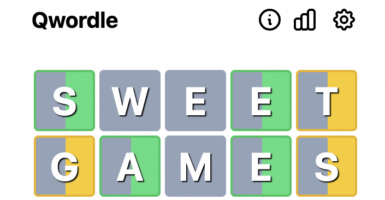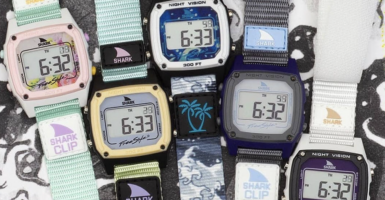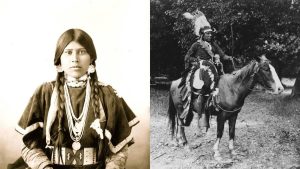Woodstock: Facts About The Music Festival That Changed The History Of Rock And Roll
The Woodstock Music & Art Fair attracted an audience of over 400,000 people from August 15-17 in 1969. During the weekend, which featured a significant amount of rain, 32 acts performed, and little did the bands, or the audience, know that they were paving the way for all future music festivals. The festival is regarded as a pivotal moment that changed the history of rock and roll.
Over five decades later, it’s nice to take a trip down memory lane and look back at such an iconic moment in music. There are some fascinating stories behind the event that have been passed down through the years. While some people might remember the experience, others were a bit hazy.
Hog Farm Bus
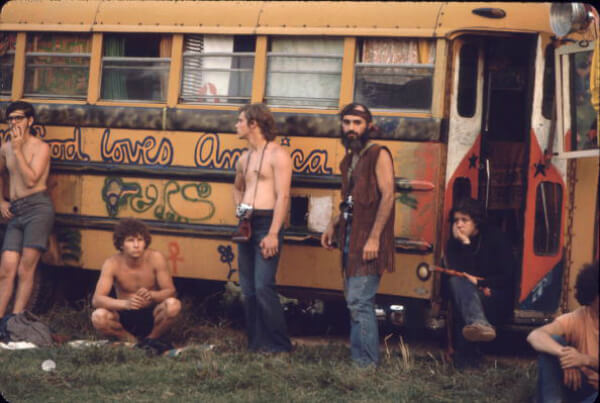
Since off-duty police officers were banned from providing security, the organizers hired someone else. They hired members of a New Mexico commune known as The Hog Farm to keep the peace. The Farm formed what they would call the “Please Force”, who enforced their will by spraying patrons with seltzer water.
That’s probably the most hippie thing ever, but so was the food shortage due to the munchies. A local Jewish community center got 200 loaves of bread, then took 40 pounds of cold cuts, two gallons of pickles and made sandwiches to the hungry concert-goers.
Not In Woodstock
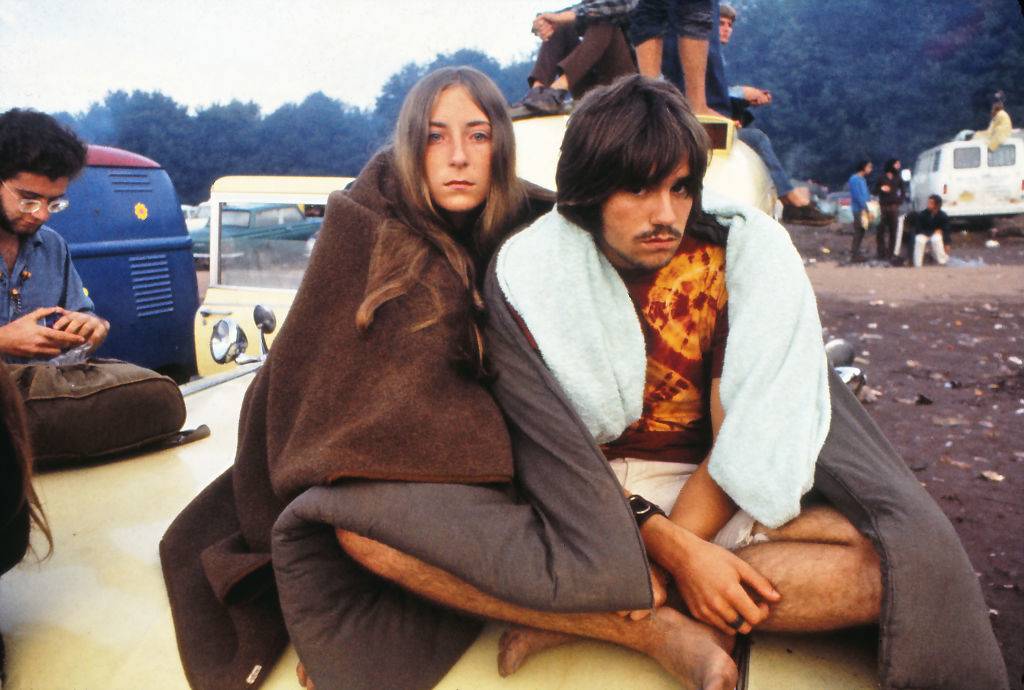
Long before the festival was brought to life, organizers wanted to hold the event near the village of Woodstock in New York. However, there was no suitable location that was available to host the concert, so they settled for an industrial town near Middletown, New York. Unfortunately, their permits were revoked a month before the festival.
Luckily, they found dairy farmer Max Yasgur, who agreed to allow them to have their festival on his property — all the way out in the town of Bethel, New York. The festival actually happened on one of Yasgur’s hay fields.
Ticket Prices
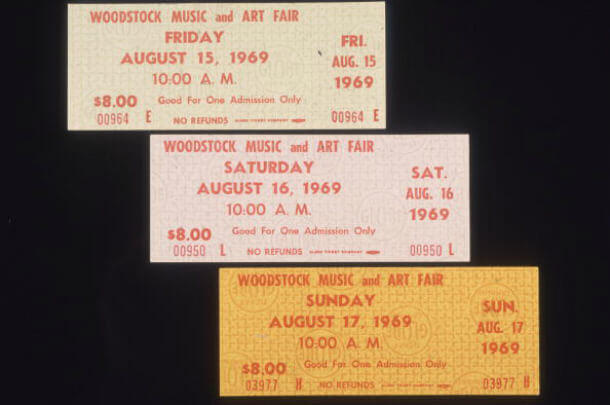
In advance of the concert, there were 186,000 tickets sold. Two days before concert kicked off, another 50,000 people were already camping out in the countryside. Once the organizers saw the number of people camping out, they decided to make the event a free show.
Not so surprisingly, by the end of the weekend, they found themselves in some debt. The organizers had $1 million in debt hanging over their heads and the trouble didn’t stop there. There were over 70 lawsuits that didn’t come to light until a year after the festival.
Sign Us Up
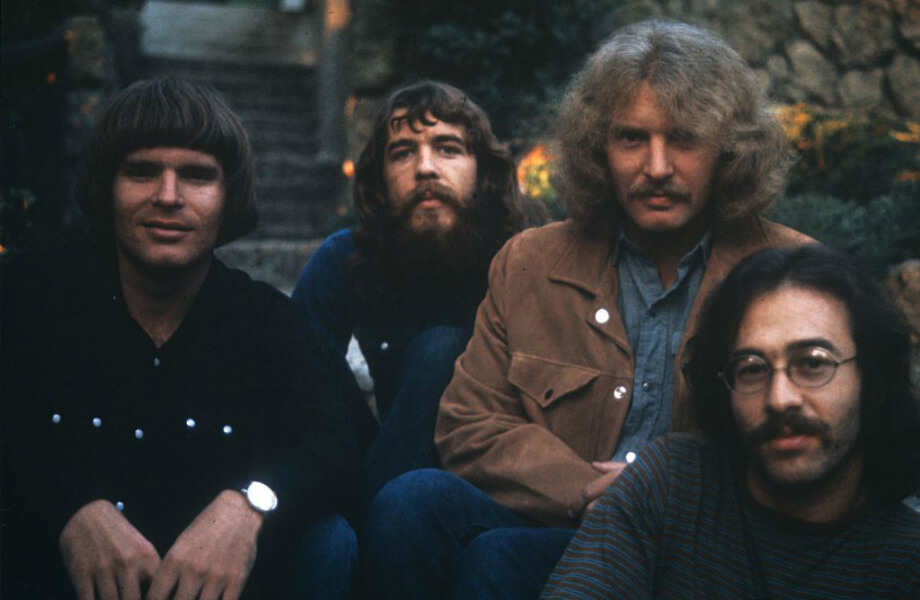
Four months before the festival, organizers found the first band to sign up to play. Creedence Clearwater Revival became the first act to sign a contract for the event, agreeing to play for $10,000. Once Creedence signed, other big-name acts signed up as well.
Interestingly enough, their set was not included in the documentary or soundtrack. John Fogerty felt as if the band’s performance was subpar, but four tracks from the event were included in the 1994 commemorative box set of Woodstock: Three Days of Peace and Music.
No Souvenirs
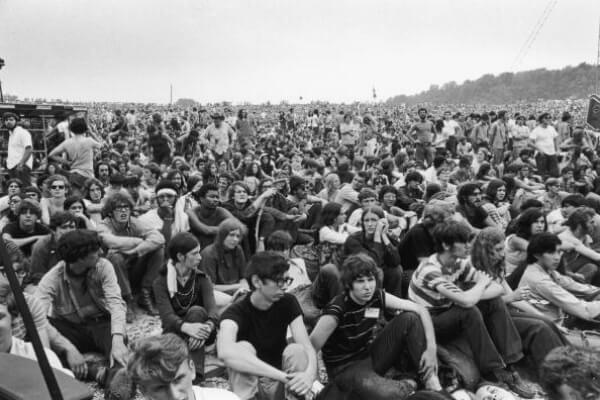
Woodstock was big, but it’s hard to understand how the event didn’t have merchandise. An event of this magnitude missing out on the profits from t-shirts, hoodies or other fun memorabilia is a huge mistake. The only official souvenir of the festival was the 8-1/2 x 11 festival program, which went largely undistributed.
Security, stagehands, and other crew members who worked the event were issued t-shirts and windbreakers with the Woodstock logo. They have become the lasting, iconic souvenirs of the festival, including bootleg items sold by enterprising festival attendees.
The Wrong Opening Act
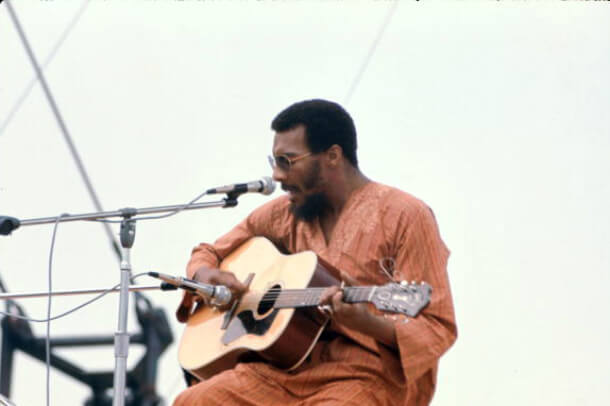
Richie Havens was the first act to perform at Woodstock, appearing on stage at 5:07 PM. Knowing that the festival was on a weekend and during rush hour, heavy traffic prevented the opening acts from arriving on time to play. Thanks to that, Havens had to extend his act.
Havens performed numerous encores, playing “every song he knew” to kill the time. Searching for another song to sing, he began strumming, getting into a groove before the word “Freedom” came to mind. He sang his now-famous song “Freedom” on stage at Woodstock.
The Performance Of John Sebastian
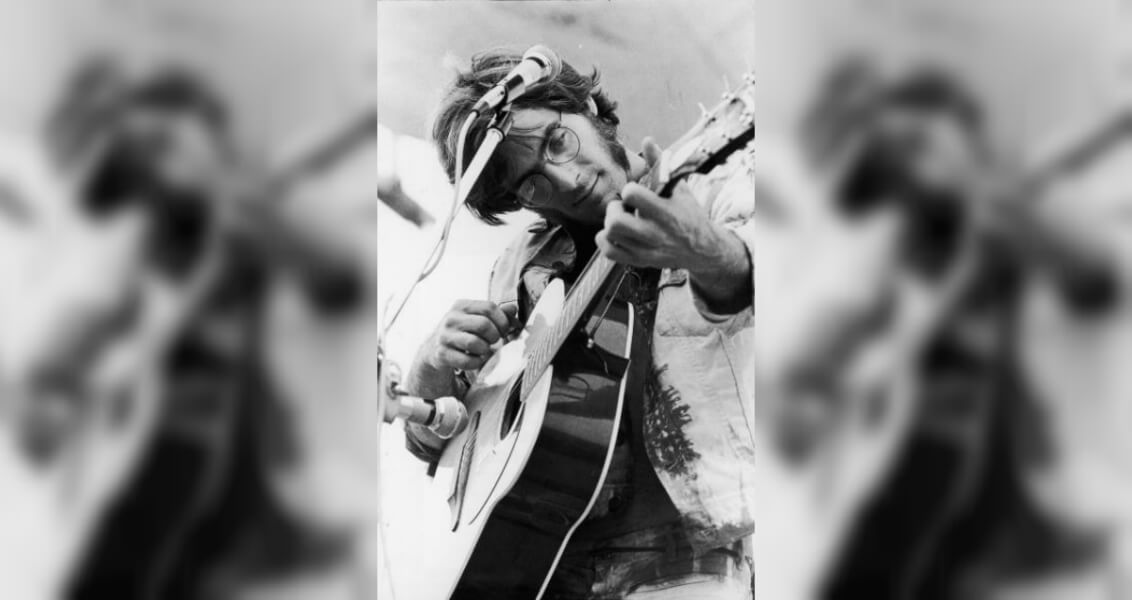
John Sebastian famously announced onstage that “An old lady just had a baby” during his solo performance. According to CBS News Reports, over the decades that have been passed, there has been no credible evidence or birth records to back his claim up.
The more unfortunate part of Sebastian’s claim was that there was at least four to eight miscarriages reported from medical tents at the event. Even though it could have happened, it’s weird to see no one step up say that they were a Woodstock baby.
Snoopy’s Pal Has A Name
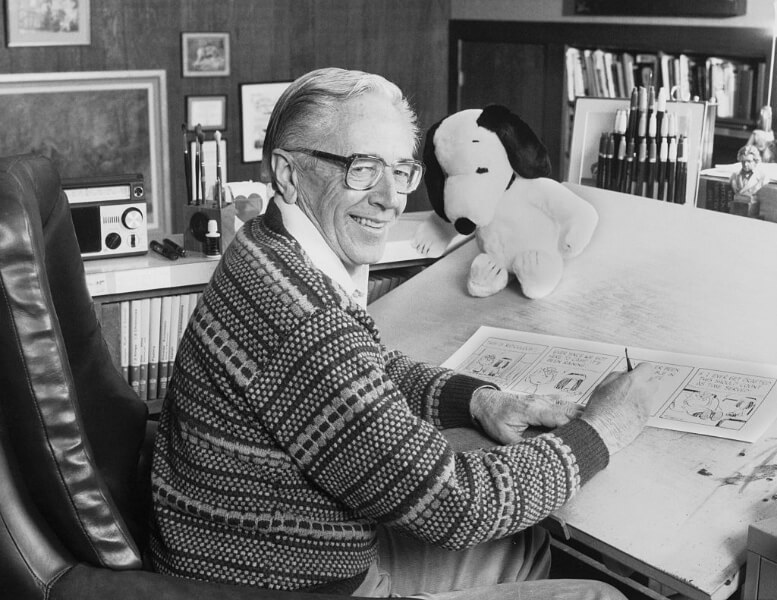
In the early sixties, Peanuts creator Chuck Schulz created a character to be friends with Charlie Brown’s dog, Snoopy. One particular bird he befriended did not have a name, and Schultz would go almost a decade without naming his iconic little yellow bird.
But, all that changed as soon as Woodstock happened. Schulz didn’t give him a name until June 22, 1970. He acknowledged in many interviews that the bird was named after the rock festival, which seems fitting since the festival’s logo has a bird perched on a guitar.
Skip The Festival
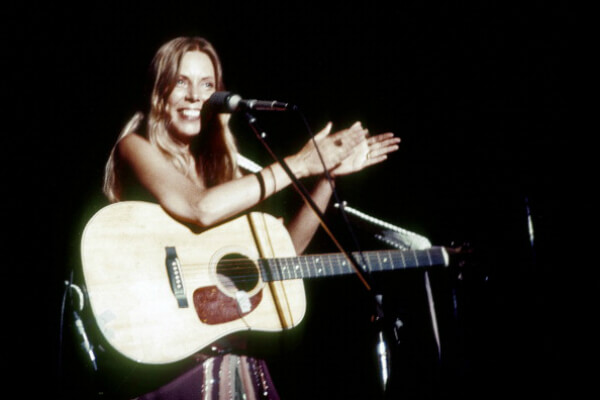
Canadian songstress, Joni Mitchell, skipped playing at Woodstock. Based on the advice that was given to her by her manager, her manager wanted Mitchell to be rested and ready for her appearance on The Dick Cavett Show the following week. Missing out on Woodstock didn’t stop her from writing a song about it.
Mitchell wrote “Woodstock” from what she had heard from then-boyfriend Graham Nash about the festival itself. The lyrics tell the story about a spiritual journey of the festival, comparing the site to the Garden of Eden. The song was notably covered by Crosby, Stills, Nash & Young.
Rain, Rain, Go Away
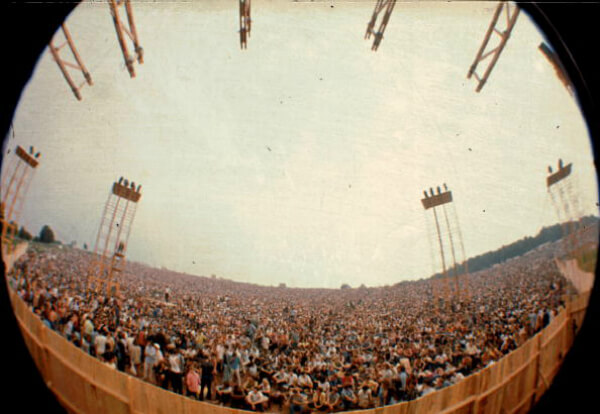
Performing “rain or shine” wasn’t exactly an option in 1969. Woodstock was supposed to wrap up on August 17, but it got pushed back a day all because of Mother Nature. The rain delay forced the show to run much longer than what people were expecting.
One notable moment was the performance of Joe Cocker. He was supposed to play at 2 PM that Sunday, but due to the thunderstorms, the next artist didn’t appear on stage until 6:30 PM. Due to the late start, bands like Crosby, Stills, Nash & Young performed at 3 AM.
No Thanks

Before becoming the many faces of rock in the seventies, Led Zeppelin was asked to perform at Woodstock. Of course, organizers reached out to the band, but manager Peter Grant decided that headling their own concert was a better option.
Instead, Zeppelin headed off to the Asbury Park Convention Hall in New Jersey, just south of Woodstock. They were there for two of the festival’s four days. If that never happened, Zeppelin would have been the biggest performance of Woodstock, no questions asked.
Turn Stage Left
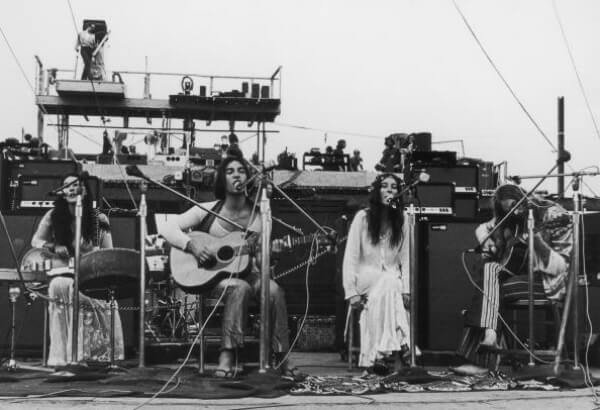
A special stage was designed for Woodstock. The design was supposed to cut down the time between acts in considerable ways. The idea for it was to have the stage rotate like a turntable, which would allow one band to get ready as the other band was performing.
Unfortunately, the weight of the equipment was too much and the casters broke immediately. The organizers had no choice but to return to the traditional way of tearing down and setting up the stages, Thanks to this and the weather, everything was pushed back.
Best Documentary
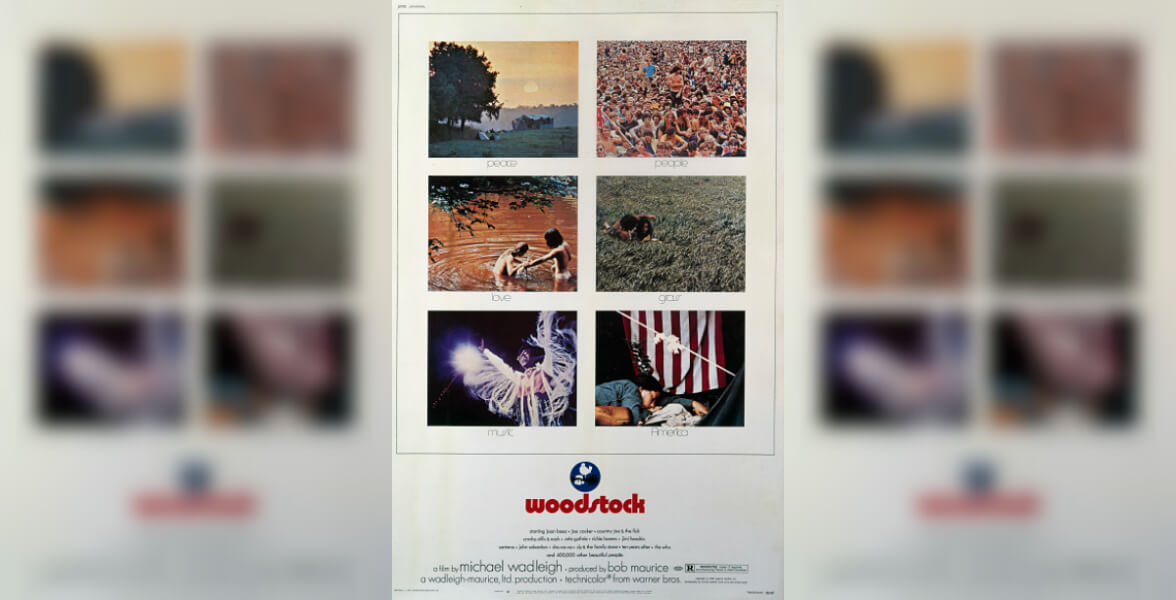
As one of the editors and producers, Martin Scorsese’s job was to sit on a nine-foot-wide platform just to the right. Simply put, Scorsese and company were filming a documentary about the festival. The four-hour film would go on to win Best Documentary at the Academy Awards in 1970.
Since then, it has been re-released several times and added concert footage with extras. The film was directed by Michael Wadleigh, who worked with Scorsese and film editor Thelma Schoonmaker to be the supervising editor. Scorsese and Schoonmaker have remained a director/editor team to this day.
They Didn’t Make It
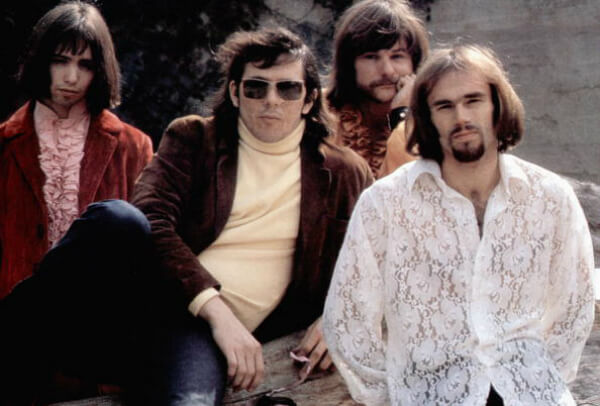
British rock group Iron Butterfly was supposed to appear at Woodstock. However, the band was stuck at New York’s LaGuardia Airport. After failing to secure ground transportation, they demanded festival organizers send a helicopter for them. The organizers responded with a telegram that spelled out “F*** You”.
Iron Butterfly wasn’t the only no-shows at Woodstock. The Jeff Beck Group were supposed to play, but Jeff Beck disbanded the group weeks before the festival. Bob Dylan was also set to perform but his son was injured by a cabin door while on vacation.
Best Performance Of The Festival
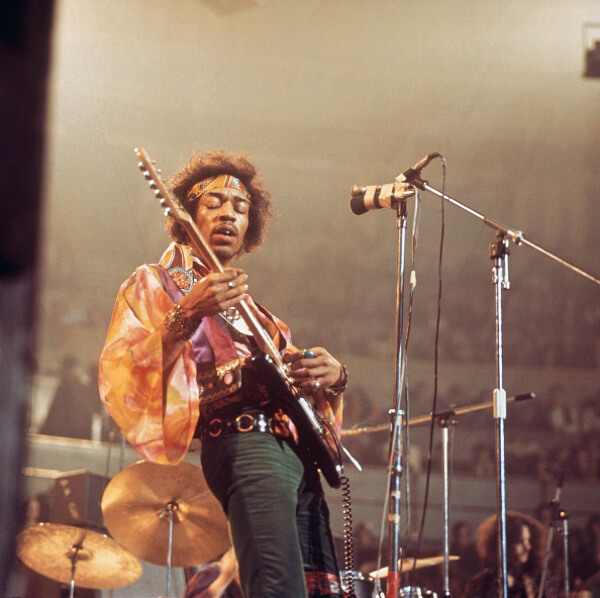
Due to the bad weather and other long delays, Jimi Hendrix didn’t take the stage until 9:00 AM Monday morning. A day after the event was supposed to be done, Hendrix had to play, but it was a performance that would have any Hendrix fan kicking themselves for missing it.
By the time Hendrix was set to play, much of the crowd had already left the festival. He didn’t really seem to care about it, so the hundreds of people who remained witnessed something incredible. Hendrix’s Star Spangled Banner solo is considered one of the greatest moments of the decade.
Doo-Wop Meets Rock N’ Roll
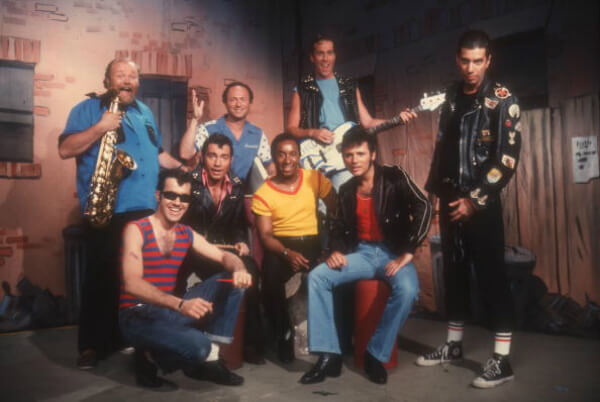
There were some bands that did not fit the vibe of Woodstock. Nonetheless, no other group was so random than the doo-wop group Sha-Na-Na. Their style of music was reminiscent of classic 1950s hits while sporting some lame jackets and ducktail haircuts.
After they appeared in the documentary, their career took off. Once they took off, they inspired a 50s nostalgia craze in America. They even went as far as having their own TV show, which was the same title as their group name, and it ran from 1977-1981.
The Aftermath
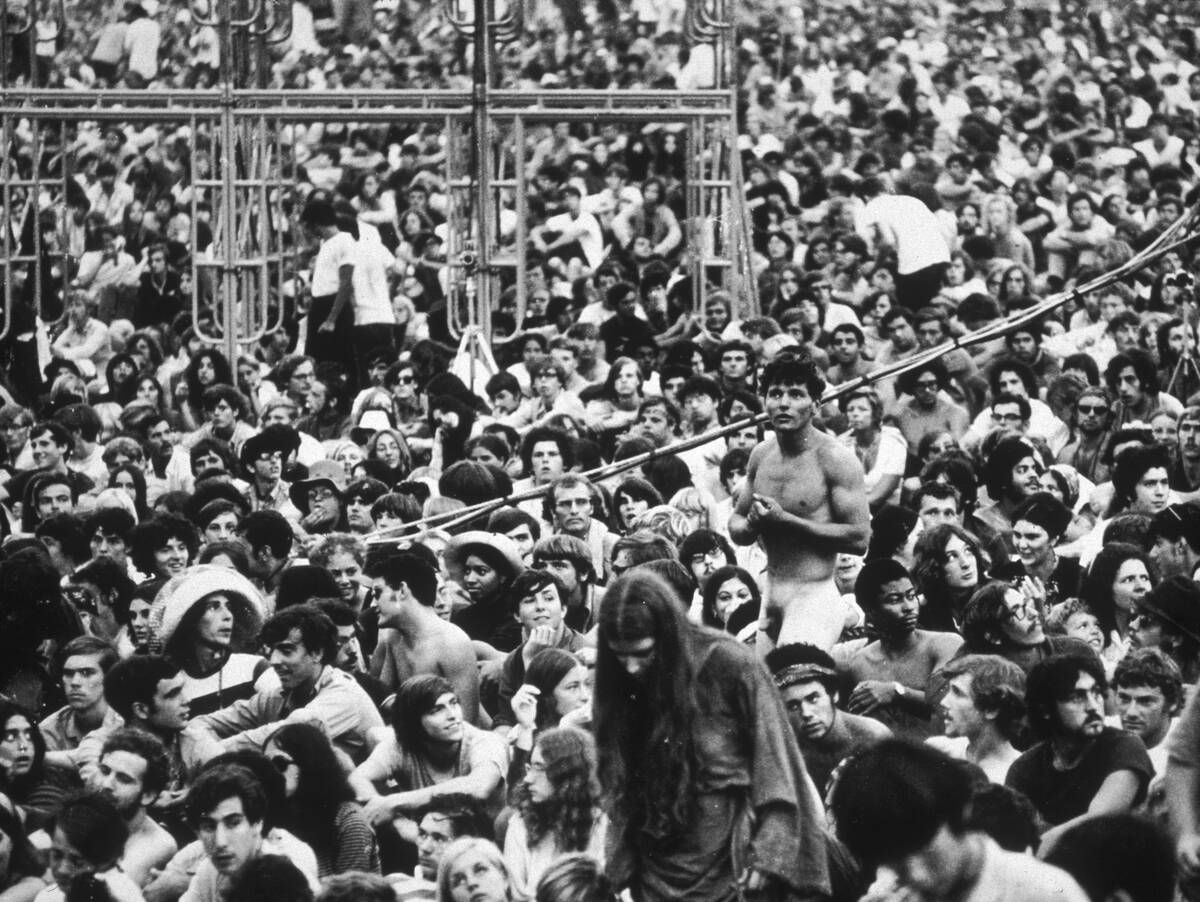
Since the festival kicked off over four decades ago, Woodstock continues to be relevant even to this day. The music is still heard on classic rock radio stations as well as on satellite radio. Outside of that, there have been four more Woodstock events since 1969.
There was Woodstock ’79, Woodstock 89′, then 1994, and again in 1999, the 30th anniversary of the festival. The 40th anniversary would happen in 2009.
Bethel Woods Center For the Arts
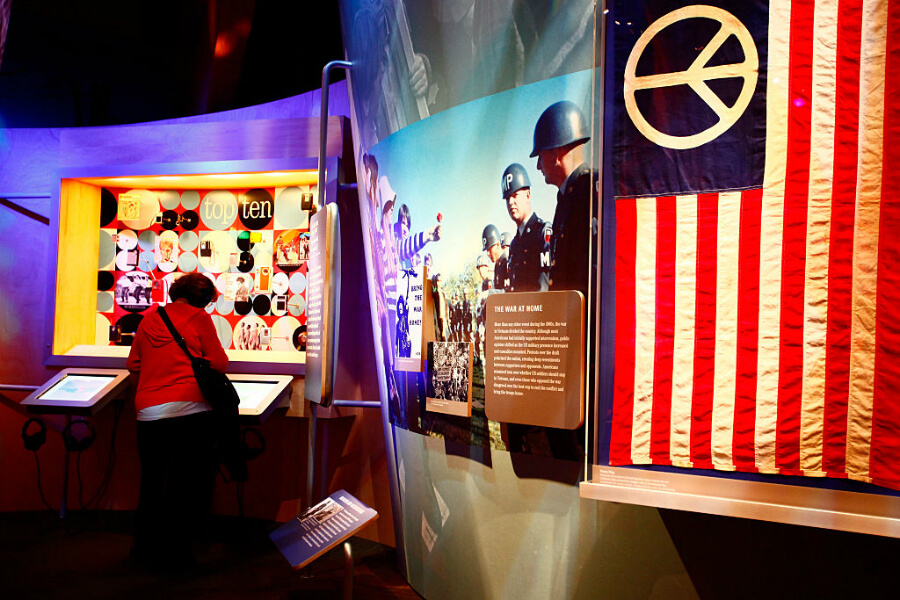
The not-for-profit performing arts center and museum are located at the site of the 1969 festival. In 1996, Alan Gerry, a cable television pioneer, purchased the original festival field and the surrounding areas. The $100 million project was launched by the Gerry Foundation in 2004.
The center would open on July 1, 2008. it explores that experience of the 1969 Woodstock festival which includes a decade of radical cultural transformations. Since the surrounding area where the festival was struggling, this revived the area with the museum.

